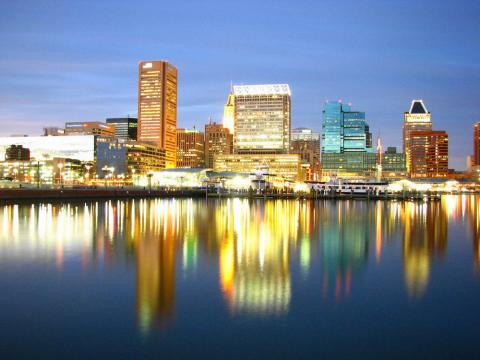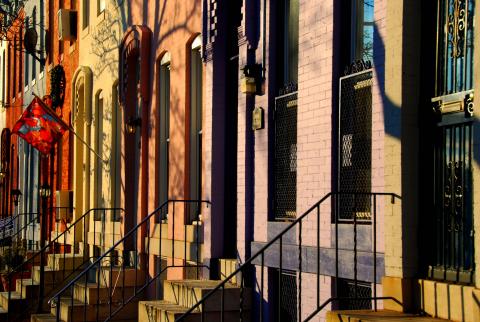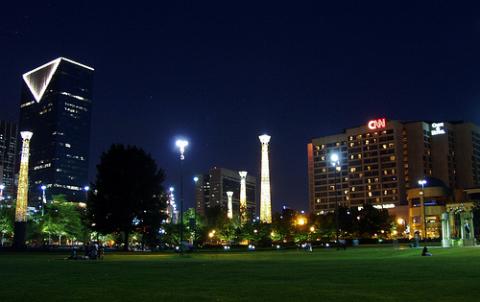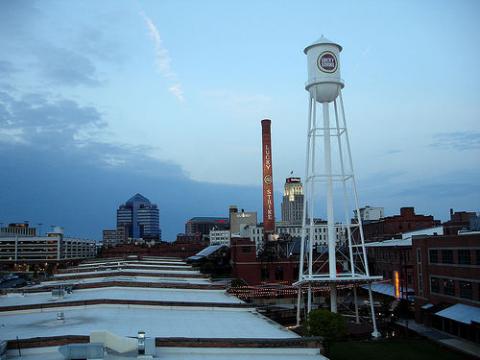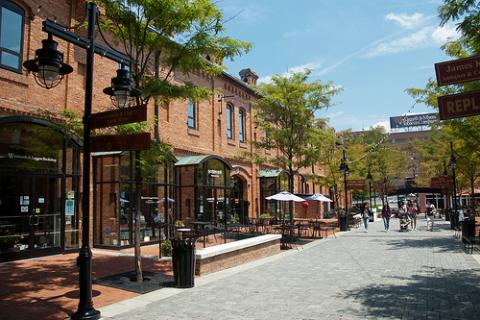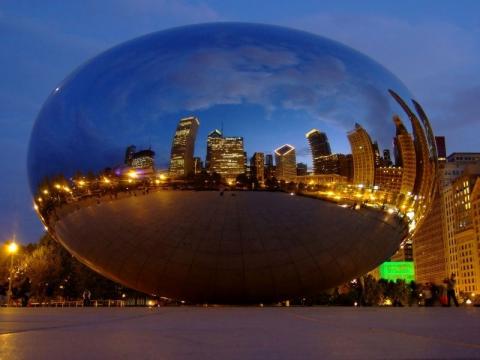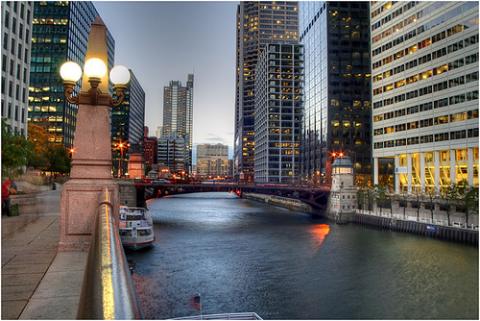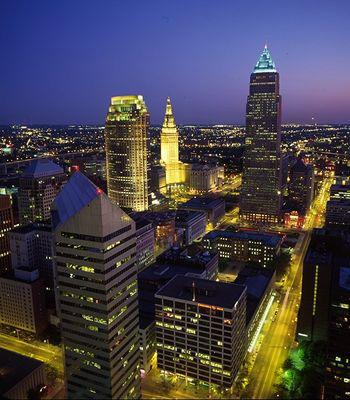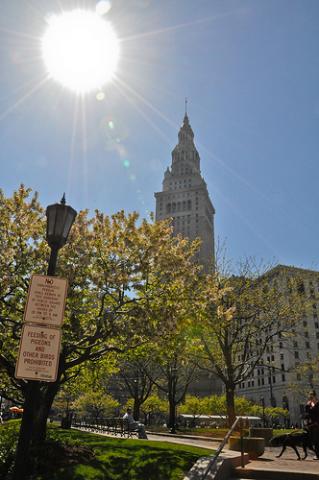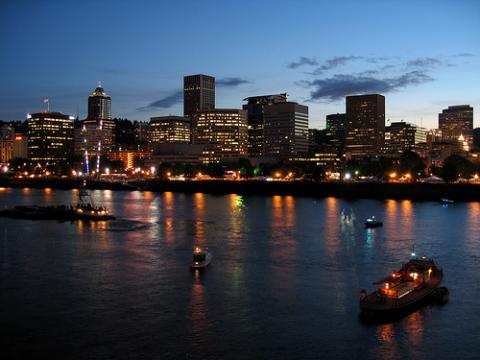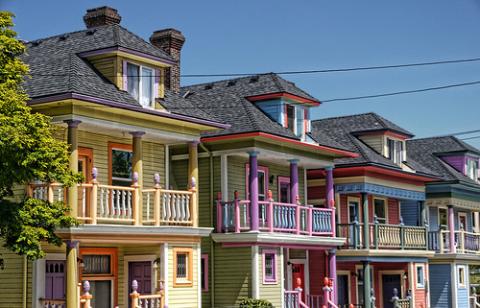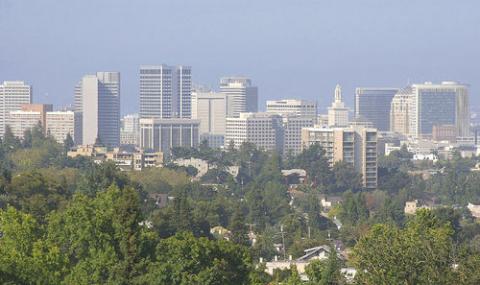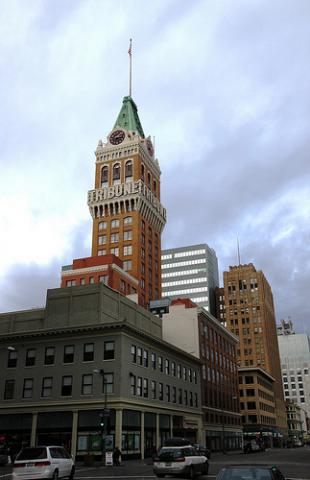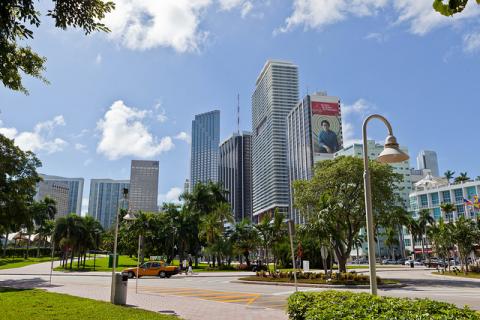
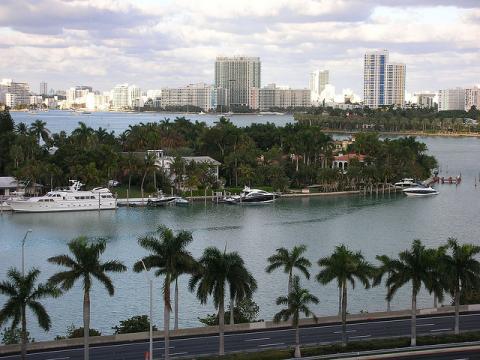
Updated June 2017
The City of Miami is the center of a large urban area with a total population of about 5.5 million. According to the U.S. Census Bureau, the city proper had nearly 453,580 residents as of July 2016. Often referred to as “The Magic City” because it is the core of a region that grew from just 110 people in 1896, the city itself has experienced significant growth over the past several decades. Since 2000 it has gained more than 91,000 residents, a growth rate of about 25 percent.
